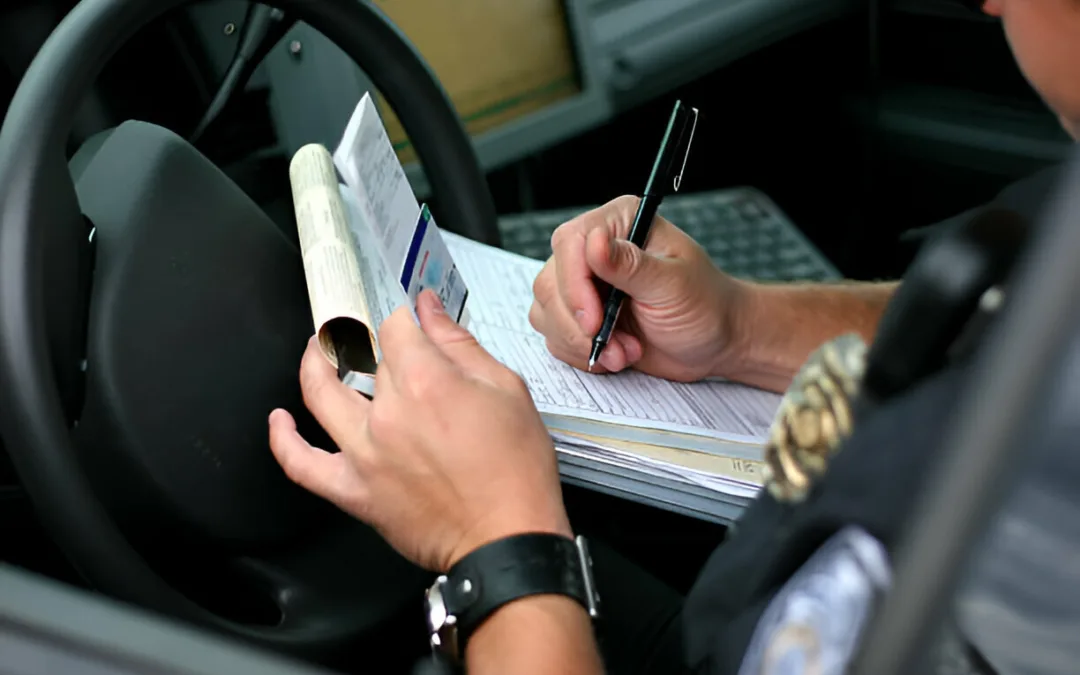
Losing a loved one due to someone else’s negligence is a devastating experience. In such tragic situations, understanding the legal process of presenting a wrongful death claim can help compensate for your loss(es). This step-by-step guide aims to provide a comprehensive overview of the legal process involved in filing a wrongful death claim. By familiarizing yourself with the necessary steps, you can navigate this complex process with confidence and increase your chances of obtaining fair compensation.
Understanding Wrongful Death Claims
To initiate the legal process, it is essential to have a clear understanding of what constitutes a wrongful death claim. A wrongful death claim arises when a person’s death occurs due to the negligent, reckless, or intentional actions of another individual or entity. This claim seeks compensation for the surviving family members, who have suffered financial, emotional, and psychological damages as a result of the loss.
Identifying Qualifying Surviving Family Members
Who qualifies as a ‘surviving” family member able to pursue a wrongful death claim is determined by state statute. In Arizona, surviving biological and adoptive parents, spouses, biological and adopted children can pursue a wrongful death claim. Sadly, surviving siblings, fiances, step-parents and step-children are not deemed statutory survivors (aka “beneficiaries”) under Arizona law.
Under Arizona law, all viable statutory survivors/beneficiaries share in a single wrongful death claim. This can create issues as all eligible beneficiaries may not agree to the same proposed split of available settlement proceeds/policy limits. This can create conflicts of interests for attorneys seeking to represent multiple and/or all eligible claimants.
Identifying the Responsible Party
Determining the party responsible for the wrongful death is a critical aspect of the legal process. Depending on the circumstances, the responsible party may be an individual, a corporation, a company, a government entity, or a combination thereof. Your attorney will conduct a thorough investigation to establish liability and identify the appropriate defendant(s) in your case.
Gathering Evidence
One of the crucial steps in filing a wrongful death claim is gathering evidence to support your case. A wrongful death compensates statutory beneficiaries for their individual and/or collective loss of love, companionship, financial support, etc.
Evidence in support of building the value of the statutory beneficiaries’ claim(s) can include family cards, family videos, family photos, letters to/from the decedent to statutory beneficiaries, financial statements, check registrars, character/relationship observation affidavits, funeral expenses, funeral memorials, etc.
The wrongful death claim of statutory beneficiaries does not include medical bills incurred by the deceased after their injury at issue but prior to their actual passing. Pursuit of payment for medical bills incurred by the decedent is available to a decedent’s “estate,” under a separate and/or derivative action.
Hiring an Attorney
Engaging the services of a skilled wrongful death attorney is crucial for navigating the legal process effectively. An experienced attorney specializing in wrongful death claims will provide valuable guidance and handle the complexities of the case on your behalf, and those of your fellow beneficiaries. They will ensure that all necessary paperwork is filed correctly, negotiate with insurance companies, and advocate for your rights throughout the legal proceedings.
Filing the Claim
Once all the evidence is gathered and the responsible party is identified, your attorney will submit the wrongful death claim on your behalf, and all other eligible statutory beneficiaries. If litigation becomes necessary, your attorney will file the lawsuit on your behalf and on behalf of your fellow beneficiaries. Your attorney does not have to necessarily “represent” your fellow beneficiaries in such a lawsuit, but he/she does have to ethically protect “their” interests. Beneficiaries other than yourself, may choose to retain your attorney’s legal services, or they may choose to retain separate counsel, or they may choose to represent themselves. Regardless, the at-fault insurance carrier cannot, and will not, settle with any individual claimants. They will insist on settling with all statutory beneficiaries as a wrongful death claim is a single claim with multiple claimants
If litigated, each beneficiary will get the opportunity to testify to the jury and describe their relationship to the decedent, and the losses they have suffered from the decedent’s passing.
Conclusion
Filing a wrongful death claim is a complex legal process that requires careful attention to detail and expert guidance. By understanding the step-by-step guide outlined above, you can navigate this difficult journey with confidence. Remember, it is crucial to consult with an experienced wrongful death attorney who can provide personalized guidance and support throughout the entire process. Although seeking legal recourse cannot replace the loss of a loved one, it can provide the financial support necessary for you and your family to move forward with your lives.
Book a Free Consultation With Our Trusted Wrongful Death Attorney In Phoenix
As a victim of a Wrongful Death in Phoenix, our legal team at Lebovitz Law Group can help you get maximum compensation from the negligent party. We work on a contingency fee basis, meaning you don’t pay us until we win your case. Contact us today for a free case review. Call 602-975-5550.
Sort by Category
Related Posts

Navigating Subrogation Laws: Protecting Your Settlement from Insurance Liens
When you've been injured due to someone else's negligence, navigating the aftermath can be as daunting as the recovery process itself. Central to the complexities are subrogation liens, which significantly impact your personal injury case and the resulting settlement....

Did You Know This About Workplace Harassment Laws?
Workplace harassment is unwelcome behavior significantly disrupting an employee's work environment or personal well-being. When this behavior is based on protected characteristics like race, gender, or religion, it not only affects the individuals targeted but also...

Did Your Dentist Make a Mistake? How to Know When to Call a Dental Malpractice Lawyer
Dental malpractice is a sad reality that can have serious consequences for patients. It includes things like surgeries gone wrong, incorrect diagnoses, faulty dental devices, and mistakes in giving anesthesia. As a patient, you trust your dentist to give you safe and...

Save Time and Stress with These Tips for Choosing a Slip-and-fall Attorney
Slip and fall injury cases are accidents where a person slips, trips, or falls on someone else's property due to unsafe conditions. These accidents can cause severe injuries or even death, resulting in high medical costs, lost wages, and emotional suffering. These...

What to Do if You’re in a Car Wreck Without Insurance
Car accidents involving uninsured or underinsured drivers are more common than you might think, and they pose a significant challenge. When you're involved in a car wreck without insurance, the process of settling damages becomes complex. Having car insurance is...

How to Get a Car Accident Police Report in Phoenix, AZ: A Complete Guide
Navigating the aftermath of a car accident can be daunting, especially when it comes to understanding and fulfilling legal and insurance obligations. One essential document you'll need is a car accident police report. This vital piece of evidence plays a crucial role...
